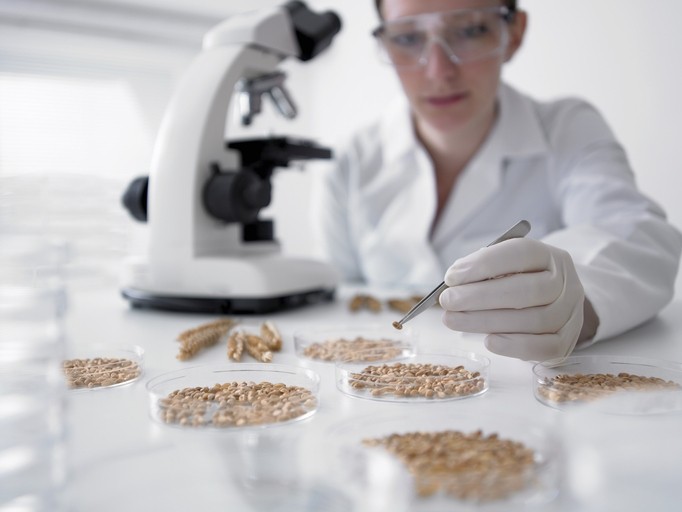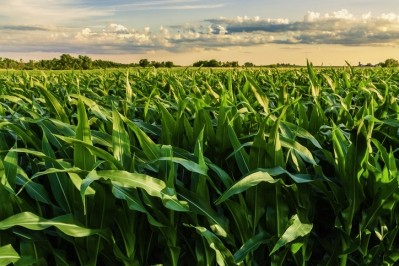Alltech: Testing of corn and forage in Europe indicates moderate to high mycotoxin risk for dairy cows

The presence of elevated levels of Penicillium toxins are seen as the main contributor to this risk, said the company.
Widespread drought throughout Europe during the 2022 growing season has directly impacted the presence of molds and mycotoxins in new crop grains and forages, according to the new data. The findings are similar to the read-out from 2021, it confirmed.
The analysis involved evaluation of 1,000 samples of the most common grains and forages produced and used in the European livestock industry. Samples were collected from farms or animal feed production sites in 20 different countries.
Aflatoxin contamination of corn in Central and Southeastern Europe is a dominant issue for feed and livestock producers to consider as they begin to purchase and use ingredients during the coming feeding season, said Alltech.
Aflatoxin is a warm-weather toxin, and the widespread extreme heat conditions during the main growing season are likely to have contributed to the levels appearing in corn samples, reads the report.
''Generally, the current results look very similar to the analysis we performed in 2021, with the aflatoxin issue in Central and Southeastern Europe dominating the headlines and creating the greatest challenge for feed and livestock producers to manage,” noted Dr Radka Borutova, European technical support manager with the Alltech Mycotoxin Management team.
Key findings
Aflatoxins, type B trichothecenes, fumonisins and emerging mycotoxins were the most dominant groups detected. All the samples tested contained mycotoxins, with 79% containing 2 or more, and 67 corn samples exceeded aflatoxin regulatory limits for feed usage (>20 ppb), according to the results.
Mycotoxin levels in wheat and barley are less than those contained in corn. While the average number of mycotoxins detected in many corn samples is above 5, in small grains such as wheat and barley, it is typically closer to 3, said the experts.
This variance is reflected in the risk equivalent quantity (REQ) and the risk of feeding these ingredients to specific species and animal groups. “For instance, in sows and gilts, this year’s corn samples represent moderate to higher risk of mycotoxins, but when wheat and barley are fed to the same animals, the mycotoxin risk is deemed to be lower.”
Straw, forages
Although widely used in ruminant diets and swine bedding, contamination of straw with mycotoxins is often overlooked, said the team. However, as testing in Denmark continues to reveal, straw samples primarily contain higher levels of mycotoxins. DON is the leading mycotoxin of concern and is likely resulting from a combination of pre- and post-harvest contamination. The problem can be exacerbated when straw is left in the field for a prolonged period, exposed to rain and dampness, they added.
Risk to monogastric animals
Pig producers should be also aware that the corn risk level based on the average REQ for breeding sows and young piglets is deemed to be moderate to high, while the risk coming from wheat and barley is low, with certain pockets of moderate to high risk, said the specialists.
When the mycotoxin corn contamination levels are applied to poultry, the mycotoxin risk for breeding birds, broilers and layers is moderate, while the risk coming from wheat and barley is low.








